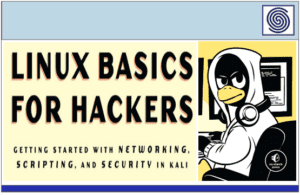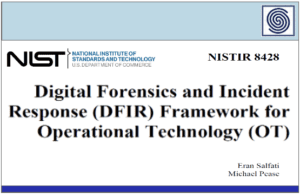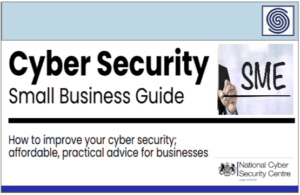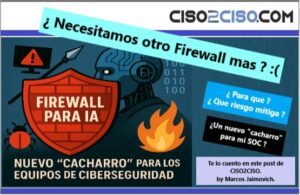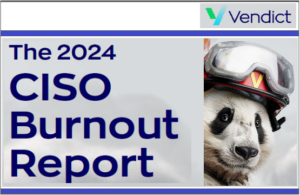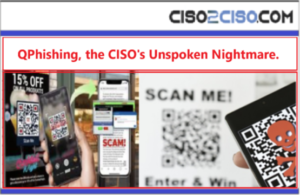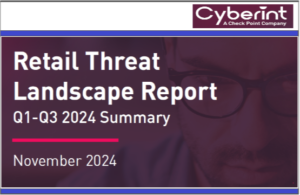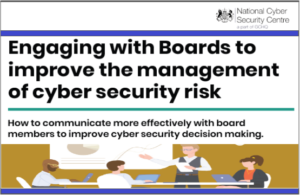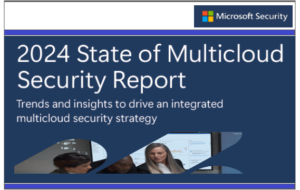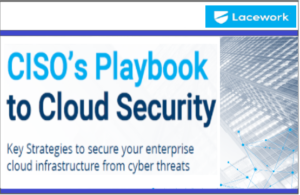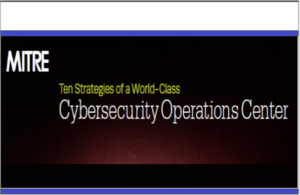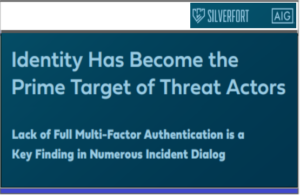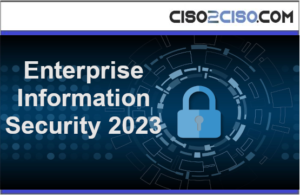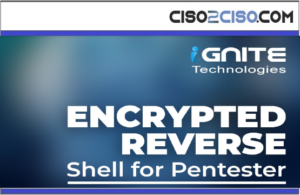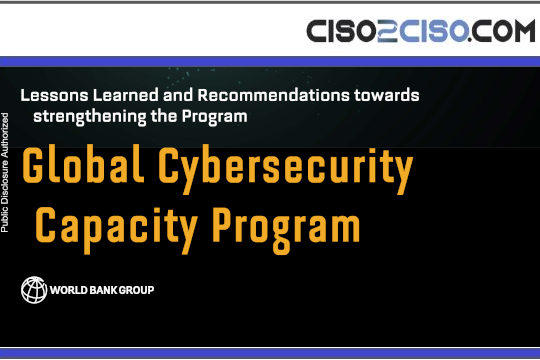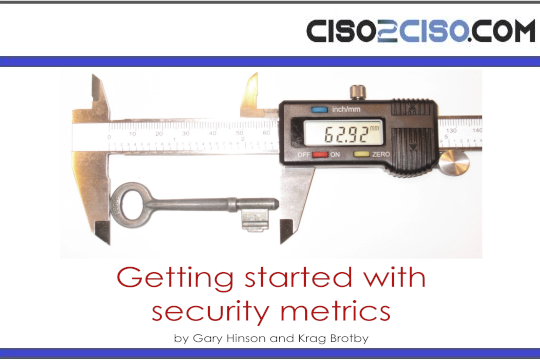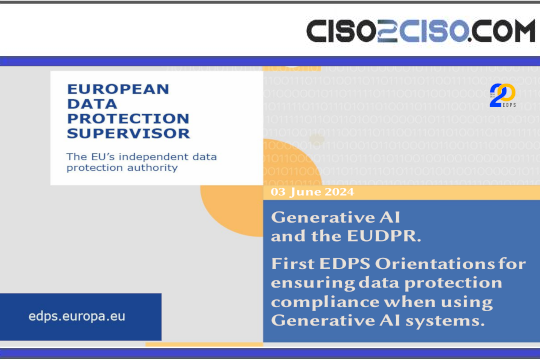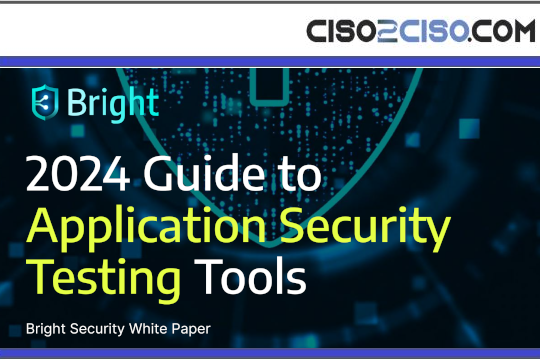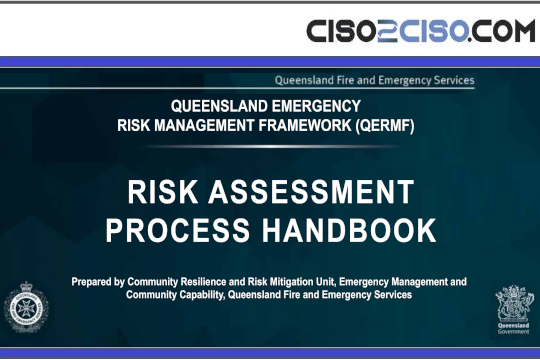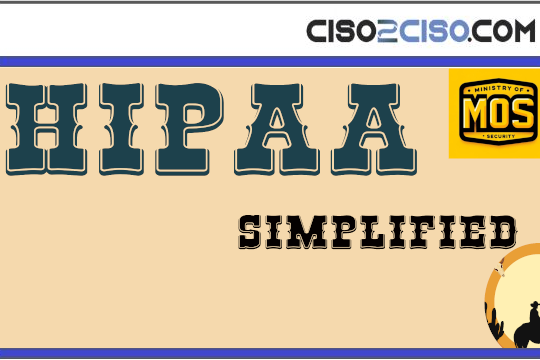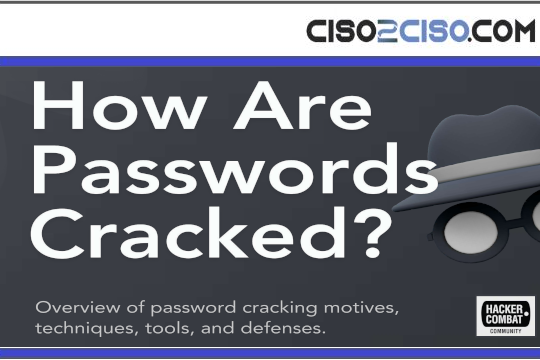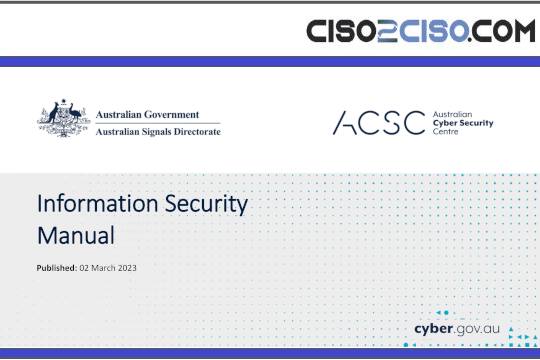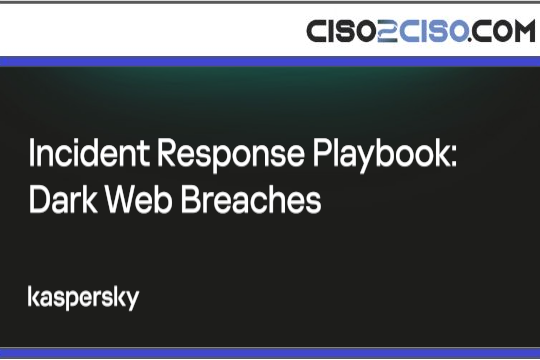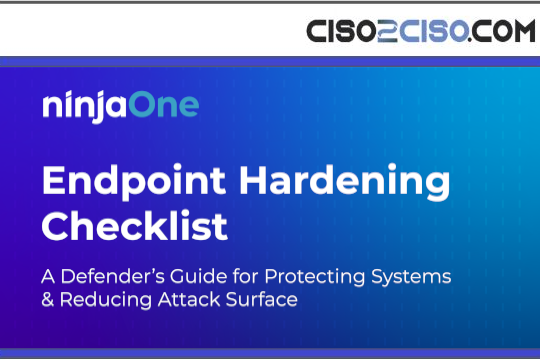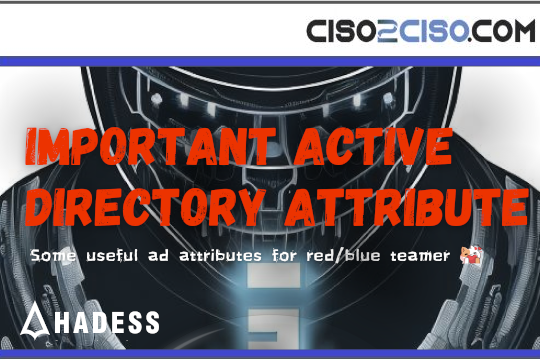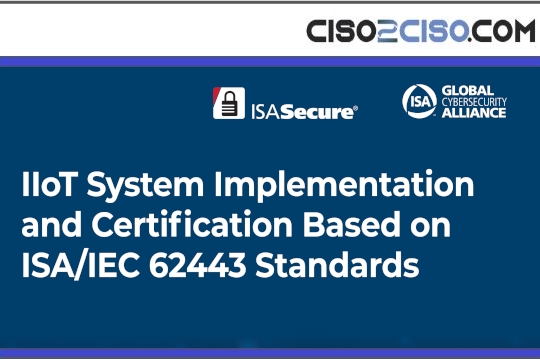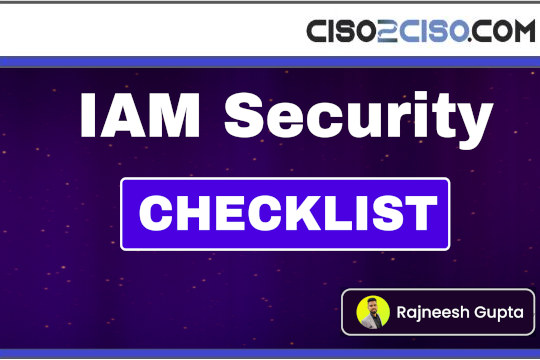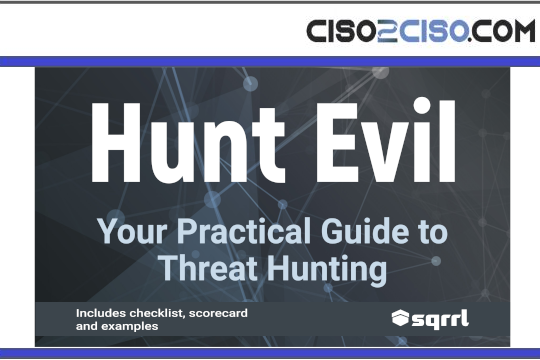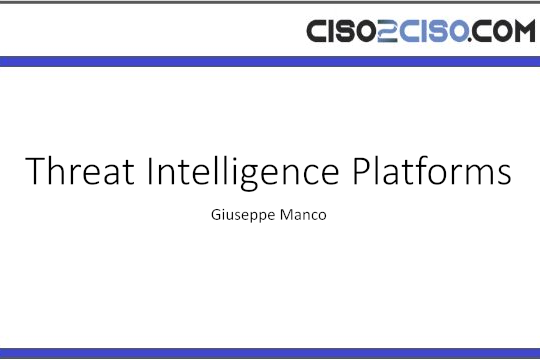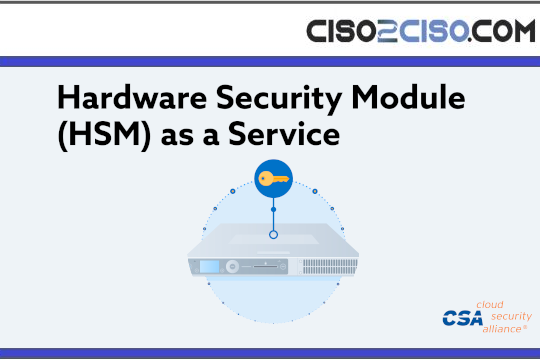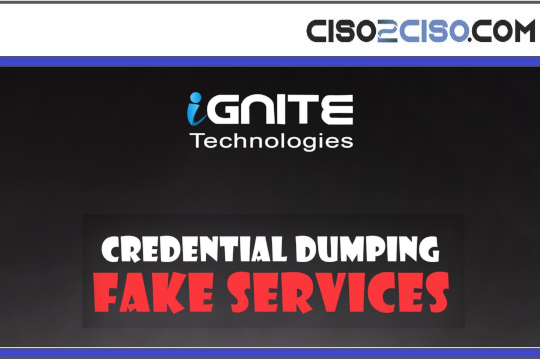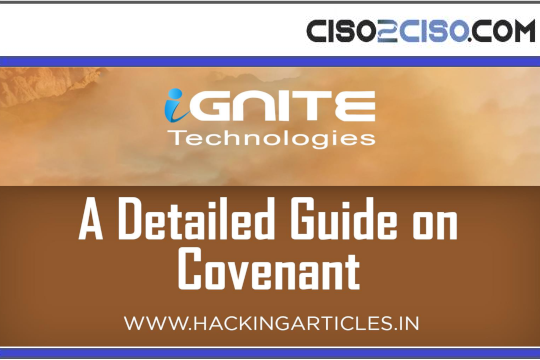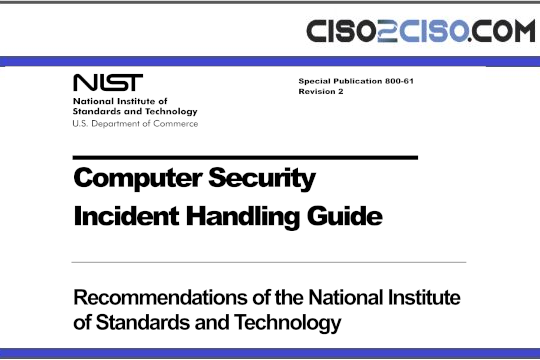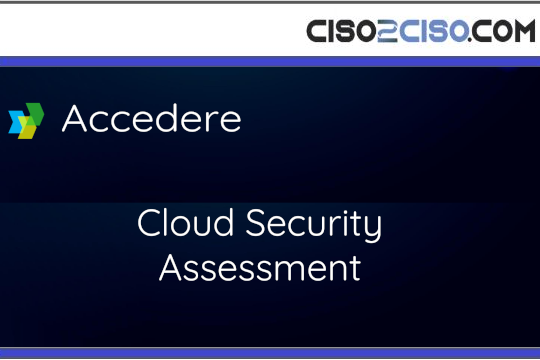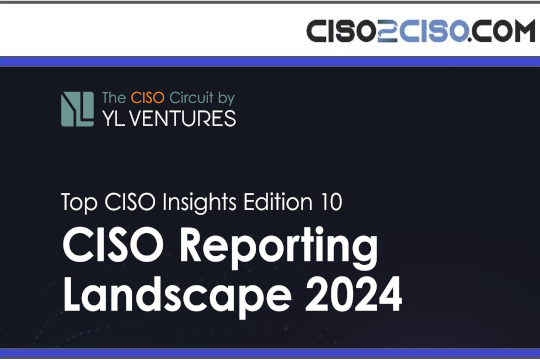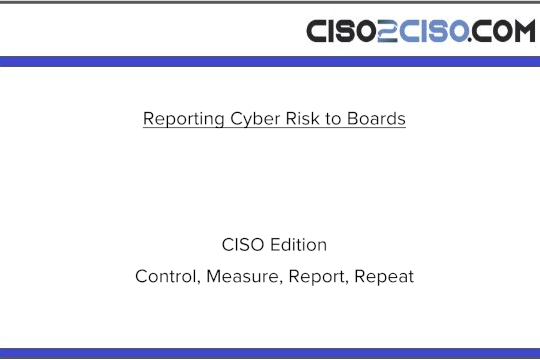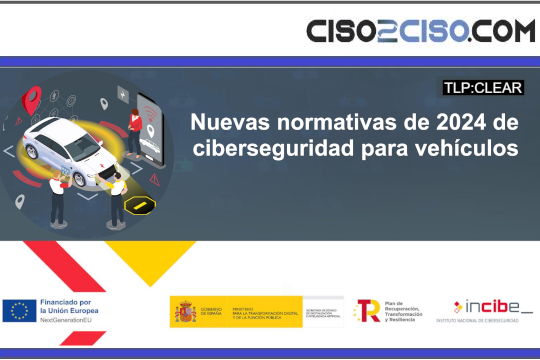Source: securityboulevard.com – Author: Francis Guibernau
Helldown is a fast-evolving ransomware strain, first identified in August 2024, characterized by its modularity and anti-detection capabilities. Initially designed to target Windows environments, it has since evolved to include Linux systems, signaling a strategic move toward broader, cross-platform operations.
It is operated by the eponymous and still largely undocumented adversary, which employs double extortion tactics by exfiltrating sensitive data prior to encrypting victim systems and threatening to leak the data on its .onion-based Dedicated Leak Site (DLS) if ransom demands are not met.
Helldown exhibits a high level of operational sophistication, including the thorough removal of tooling employed during a compromise and overriding free hard disk space on different machines in an attempt to hinder the recovery process and reduce the effectiveness of file carving.
The group appears to be sector-agnostic, having listed a wide range of victims on its DLS including museums, cargo transport firms, and notably, the European subsidiary of Zyxel, a major network equipment manufacturer.
AttackIQ has released a new attack graph composed the several Tactics, Techniques and Procedures (TTPs) exhibited by Helldown ransomware during its most recent activities with the aim of helping customers validate their security controls and their ability to defend against this sophisticated and recent threat.
Validating your security program performance against these behaviors is vital in reducing risk. By using this new assessment template in the AttackIQ Security Optimization Platform, security teams will be able to:
- Evaluate security control performance against baseline behaviors associated with the Helldown ransomware.
- Assess their security posture against an opportunistic adversary, which does not discriminate when it comes to selecting its targets.
- Continuously validate detection and prevention pipelines against a playbook similar to those of many of the groups currently focused on ransomware activities.
[Malware Emulation] Helldown Ransomware – 2024-11 – Associated Tactics, Techniques and Procedures (TTPs)
This emulation replicates the sequence of behaviors associated with the deployment of Helldown ransomware on a compromised system with the intent of providing customers with the opportunity to detect and/or prevent a compromise in progress.
The assessment template is based on behaviors reported by Truesec on November 7, 2024; Sekoia on November 19, 2024; and CyFirma on November 26, 2024.
Impact – Helldown Ransomware Deployment
This stage begins with the deployment of Helldown ransomware which, once operational, performs initial sandbox detection by executing the IsDebuggerPresent Windows API.
It then attempts to delete Volume Shadow Copies using vssadmin.exe, falling back to wmic.exe if unsuccessful. Finally, it retrieves the system’s Globally Unique Identifier (GUID).
Ingress Tool Transfer (T1105): This scenario downloads to memory and saves to disk in independent scenarios to test network and endpoint controls and their ability to prevent the delivery of known malicious samples.
Virtualization/Sandbox Evasion (T1497): This scenario will execute the IsDebuggerPresent Windows API to detect the presence of a debugger attached to the current process.
Inhibit System Recovery (T1490): This scenario executes the vssadmin.exe utility to delete a recent Volume Shadow Copy created by the assessment template.
Inhibit System Recovery (T1490): This scenario executes the wmic shadowcopy delete command to delete a Volume Shadow Copy created by the emulation.
Query Registry (T1012): This scenario queries the MachineGUID value located within the HKLMSOFTWAREMicrosoftCryptography registry key which contains the unique identifier of the system.
Discovery & Impact – Helldown Ransomware File Encryption
This stage begins by enumerating system information, network resources, and available drives through Windows API calls. Once reconnaissance is complete, it encrypts files using an encryption routine resembling that of Helldown ransomware, which is a combination of Salsa20 + RSA-2048.
System Network Connections Discovery (T1049): This scenario executes the WNetOpenEnumW and WNetEnumResourceW Windows API calls to enumerate network resources from the local computer.
System Information Discovery (T1082): This scenario executes the GetSystemInfo Native API call to retrieve information associated to the system.
System Information Discovery (T1082): This scenario executes the GetNativeSystemInfo Native API call to retrieve information associated to the system.
System Information Discovery (T1082): This scenario executes the GetLogicalDrives Windows API call to retrieve the currently available disk drives.
Data Encrypted for Impact (T1486): This scenario performs the file encryption routines used by common ransomware families. Files matching an extension list are identified and encrypted in place using similar encryption algorithms as used by Helldown ransomware.
Detection and Mitigation Opportunities
Given the number of different techniques being utilized by this threat, it can be difficult to know which to prioritize for prevention and detection opportunities. AttackIQ recommends first focusing on the following techniques emulated in our scenarios before moving on to the remaining techniques.
1. Ingress Tool Transfer (T1105):
This actor relies heavily in downloading additional stages of malware. Endpoint and Network security controls should both be employed to try and detect the delivery of these malicious payloads.
1a. Detection
The following signatures can help identify when native utilities are being used to download malicious payloads.
PowerShell Example:
Process Name == (Cmd.exe OR Powershell.exe)
Command Line CONTAINS ((“IWR” OR “Invoke-WebRequest") AND “DownloadData” AND “Hidden”)
1b. Mitigation
MITRE ATT&CK has the following mitigation recommendations.
2. Inhibit System Recovery (T1490):
Adversaries often delete Volume Shadow Copies to prevent the possibility of restoring files back to their original state. This is a common technique used by ransomware as it prevents the recovery of files once the ransomware encryption routine successfully completes execution.
2a. Detection
Detecting deletion of Volume Shadow Copies is usually the first step that occurs and can be detected by looking at the command line activity
Process Name == (cmd.exe OR powershell.exe)
Command Line CONTAINS (“vssadmin” AND “Delete Shadows”)
2b. Mitigation
MITRE ATT&CK has the following mitigation recommendations for Inhibit System Recovery:
Wrap-up
In summary, this attack graph will evaluate security and incident response processes and support the improvement of your security control posture against the behaviors exhibited by Helldown ransomware operators. With data generated from continuous testing and use of this assessment template, you can focus your teams on achieving key security outcomes, adjust your security controls, and work to elevate your total security program effectiveness against a known and dangerous threat.
AttackIQ, the leading provider of Adversarial Exposure Validation (AEV) solutions, is trusted by top organizations worldwide to validate security controls in real time. By emulating real-world adversary behavior, AttackIQ closes the gap between knowing about a vulnerability and understanding its true risk. AttackIQ’s AEV platform aligns with the Continuous Threat Exposure Management (CTEM) framework, enabling a structured, risk-based approach to ongoing security assessment and improvement. The company is committed to supporting its MSSP partners with a Flexible Preactive Partner Program that provides turn-key solutions, empowering them to elevate client security. AttackIQ is passionate about giving back to the cybersecurity community through its free award-winning AttackIQ Academy and founding research partnership with MITRE Center for Threat-Informed Defense.
Original Post URL: https://securityboulevard.com/2025/04/emulating-the-hellish-helldown-ransomware/?utm_source=rss&utm_medium=rss&utm_campaign=emulating-the-hellish-helldown-ransomware
Category & Tags: Security Bloggers Network,adversary emulation,Broad-Based Attacks,Helldown,Ransomware,Windows – Security Bloggers Network,adversary emulation,Broad-Based Attacks,Helldown,Ransomware,Windows
Views: 4





